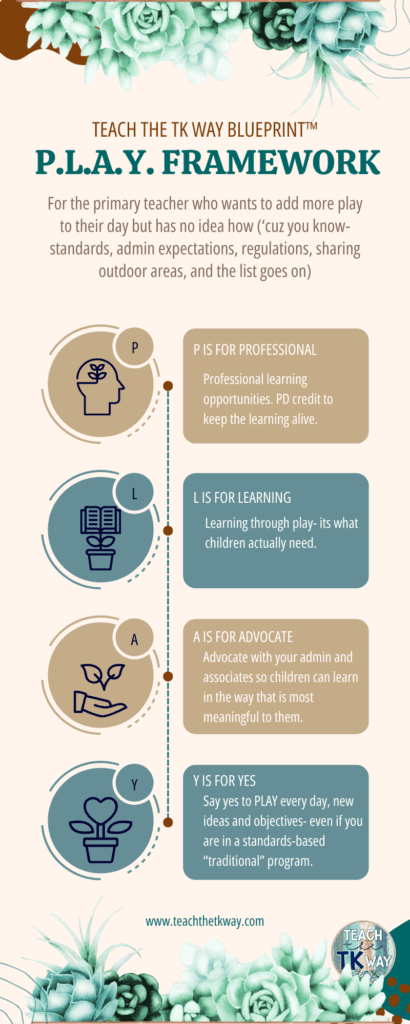When I began changing up my classroom environment to support literacy, I got pushback from colleagues. Instead of only pulling out our writing journals weekly, I designated the entire space (and most of the day) specifically for journal writing.
I included writing implements; crayons, markers, golf pencils, and glitter gel pens, as well as photos of students in our class and every child’s name card. I started sharing prompts like writing two friends’ names and drawing a picture of them. Then they would come show me what they had completed throughout the day.
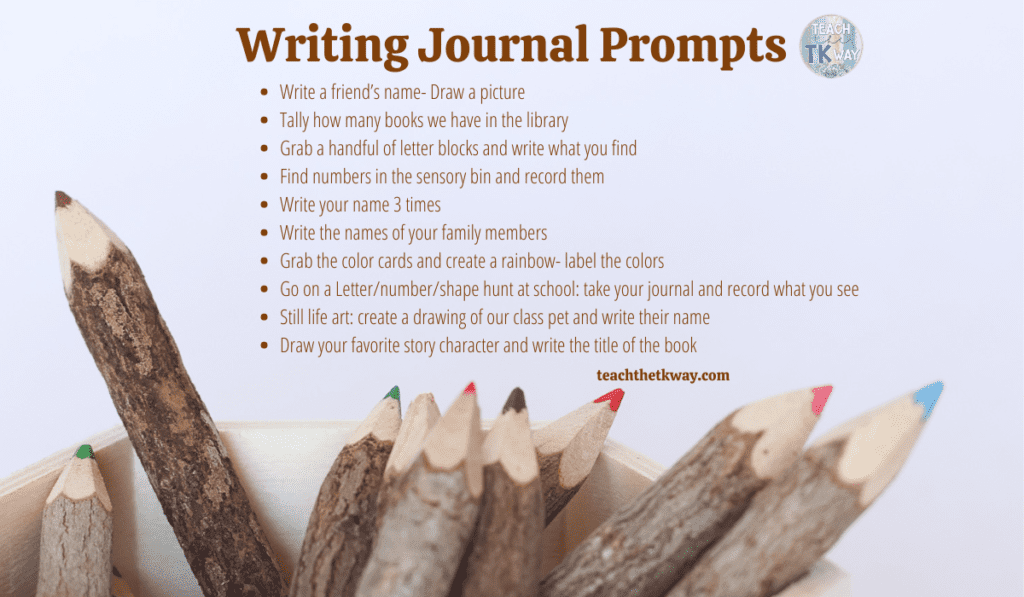
I was pleasantly surprised when almost every student wrote two names, showed me, and returned to the area to write every other name on a card- 18 in all. Giving children opportunities to express themselves on paper without demanding correct spelling and proper handwriting components will eventually encourage every child to begin expressing themselves through the written word.
I even began to implement the reading strategies where we dissect a single book over the course of the week, in order to fully appreciate the written text and phonemic awareness that we learn from printed materials.
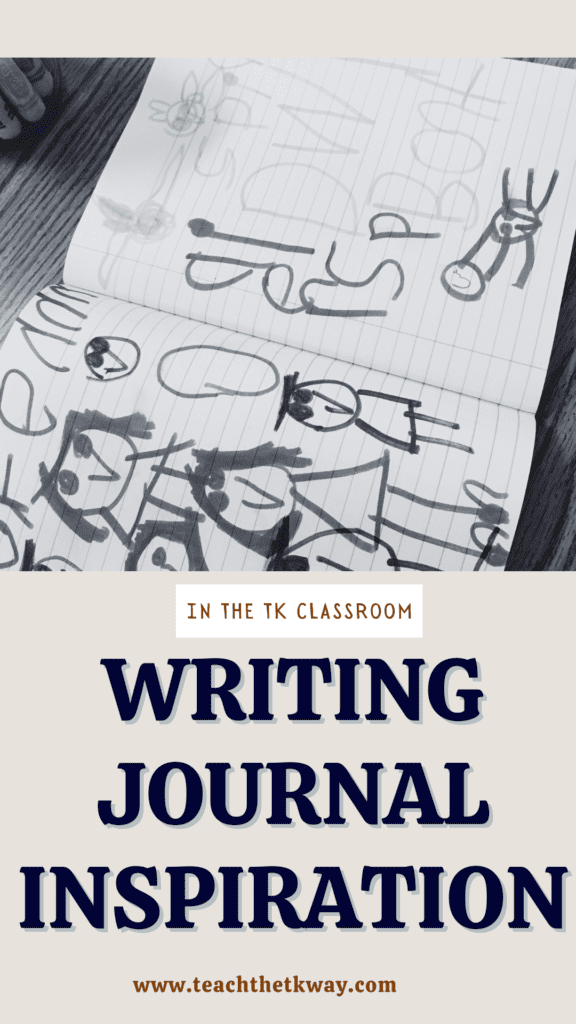
I used our required Language Arts program as a foundation for increased attention to literacy and print. In addition to a big book, a small child-sized reader, and many literacy activities that surround a single story. Incorporating phonological awareness into our day became a huge component of our LA plan and writing journals.
I also began to implement child-written labels for my centers and items on the shelves, rather than commercially printed labels. Once I included child-led writing around the room as part of our design, it became part of our assessment as well.
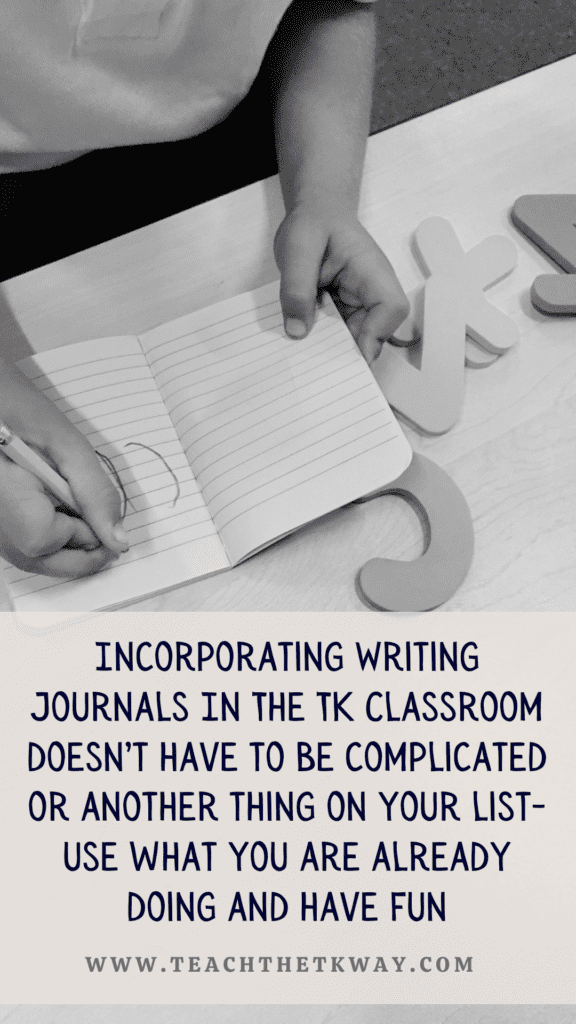
We also began to set out large chart paper to implement the Step Up to Writing Toolkit. Required by the district. This was done as a way to dissect our daily reading and provocations. Step Up to Writing supports the gradual release of responsibility for early writers, and has become part of the daily thinking process. We used large charts to write down our main topic, supportive statements, and details about a topic. The children began to look forward to our time talking about topics that interest them, rather than predesigned themes. After they helped me fill out our web/thinking chart, they headed into the writing center to draw and write about what we had discussed.
Writing Journals and the Standards
Although I was also required to add structured lessons to our day, the informal writing style helped all my children feel like they could get letters on paper. And tell a successful story, promoting their self-esteem and can-do attitude.
Sending parents home with book bags or science and math activity bags was a great follow-up to a unit. In the bag, we included some books and a few game-style activities to do at home.
Parents could check out the bags on the honor system each week. This way all of their planning was completed for them and they were able to connect science and math-related curriculum between home and school.
Including parents and families in the classroom community culture became a huge part of the Natural Classroom Specialist movement. And book bags became a treasured part of our day.
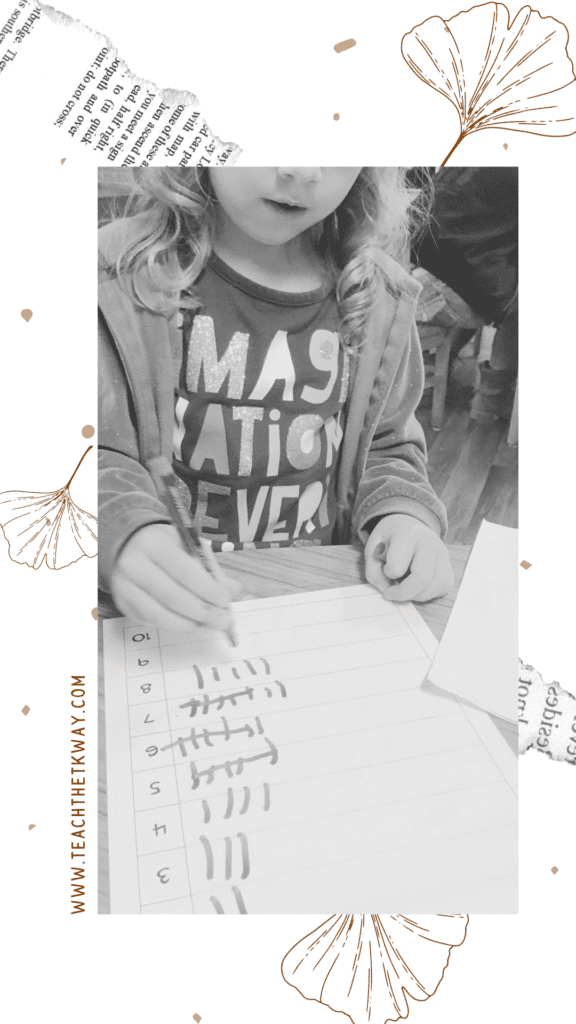
Daily Writing Journal Prompts:
- Write a friend’s Name- Draw a Picture
- Tally how many books we have in the library
- Grab a handful of letter blocks and write what you find
- Find numbers in the sensory bin and record them
- Write your name 3 times
- Write the names of your family members
- Grab the color cards and create a rainbow- label the colors
- Go on a Letter/number/shape hunt at school: take your journal and record what you see
- Still life art: create a drawing of our class pet and write their name
- Draw your favorite story character and write the title of the book
